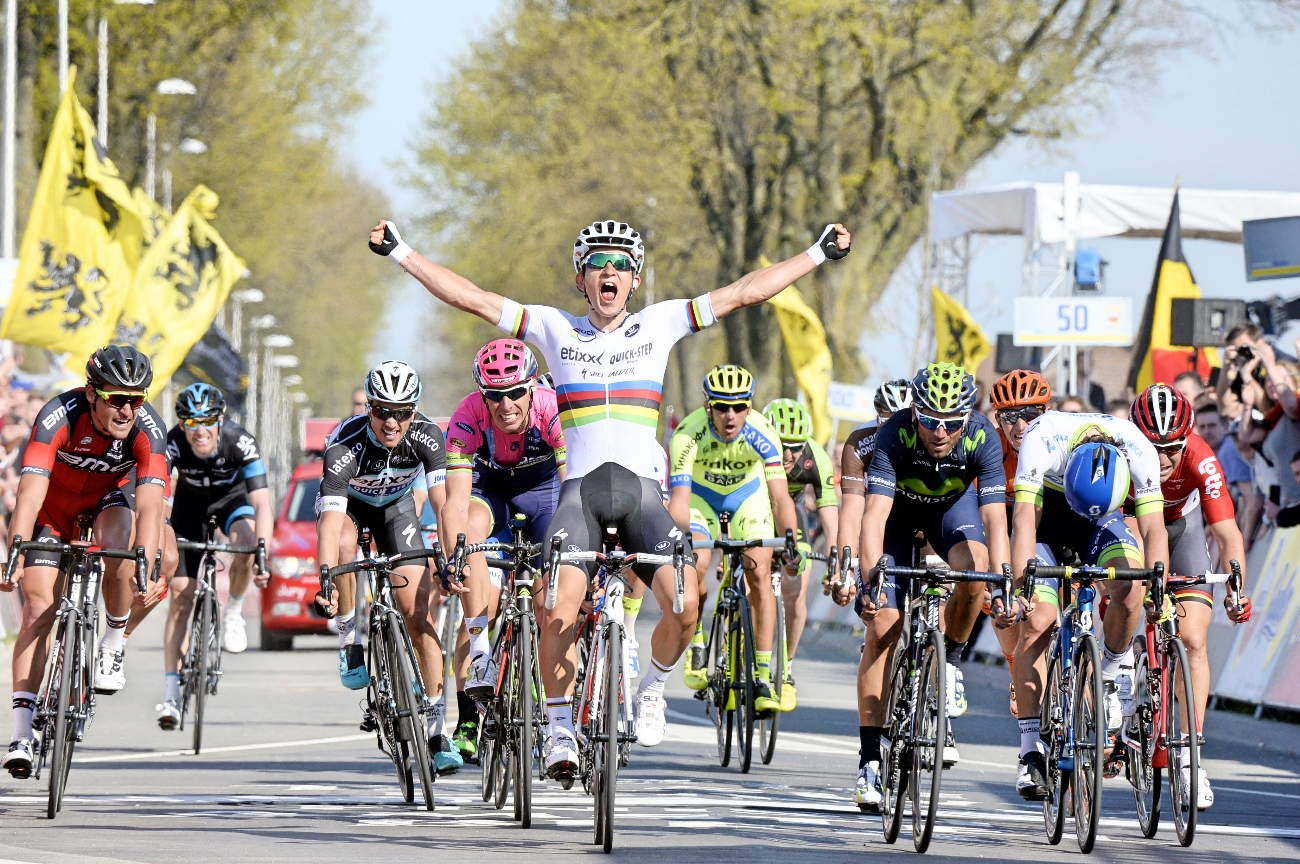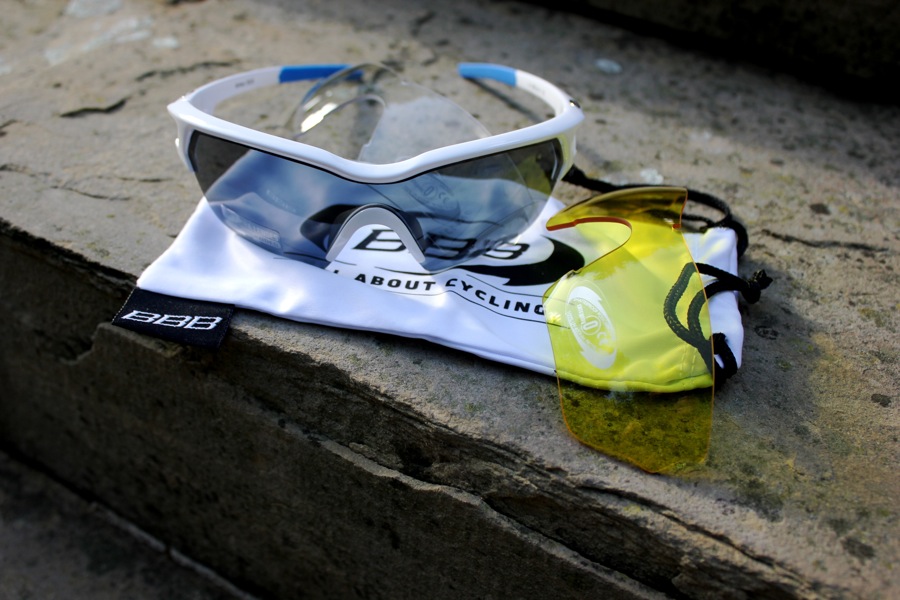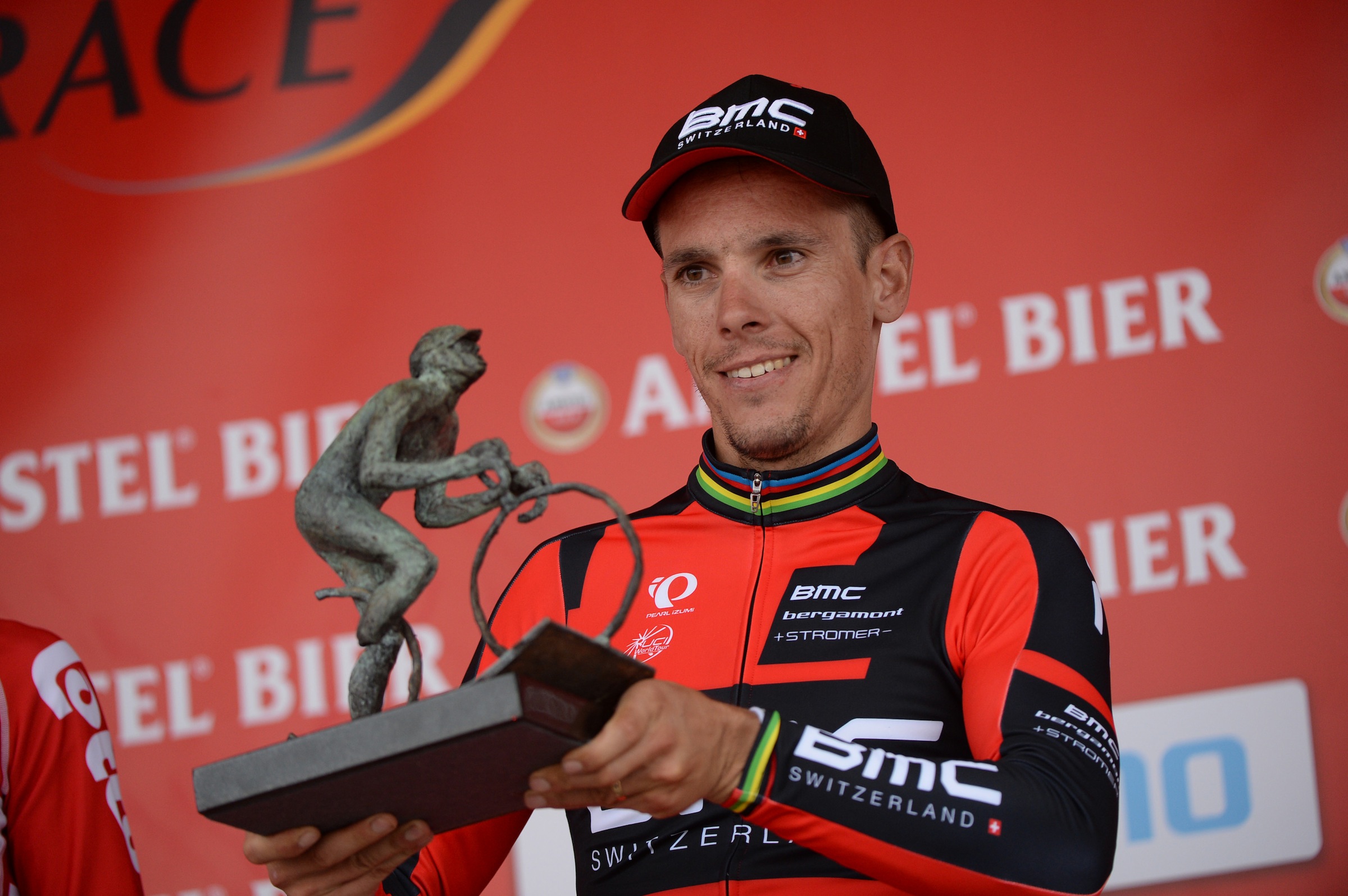Knees
-

Having an expert design your training plan can take some of the guesswork out of training, and also help to ensure you recover properly and don't overtrain
-
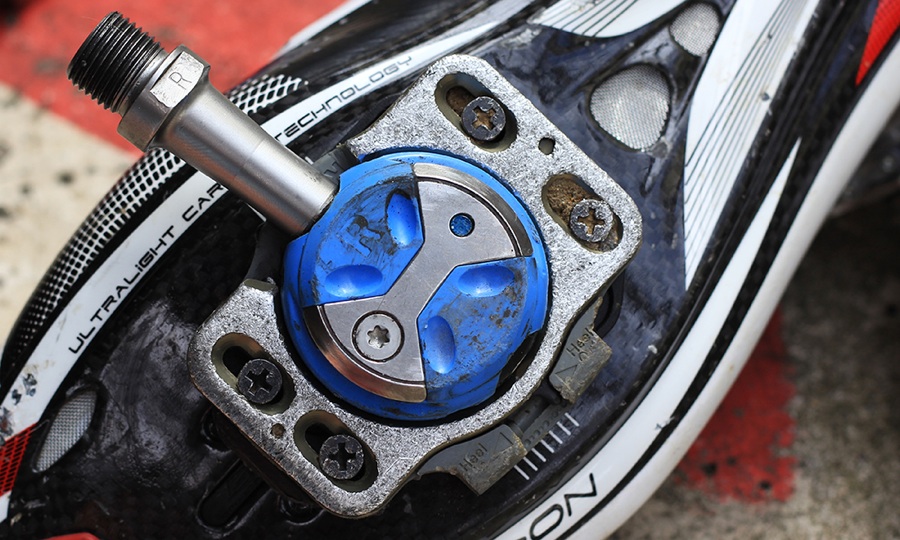
Cleat position is a common cause of pain
-
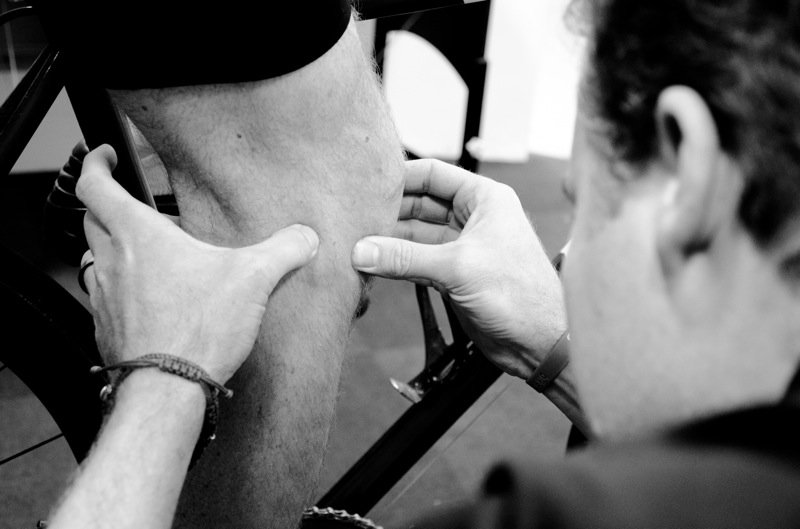
The knees are particularly susceptible to pain
-
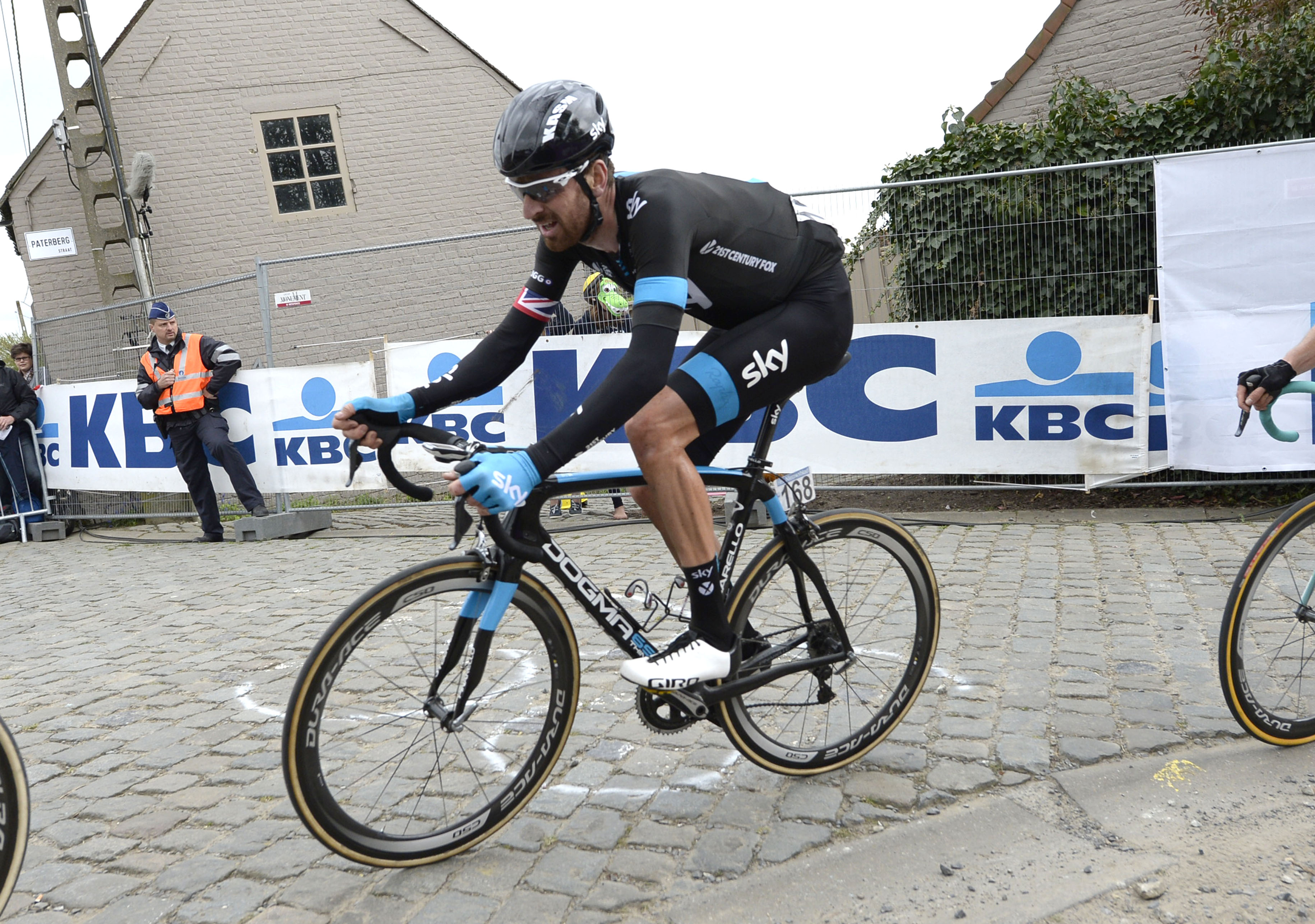
The aggressive, flat-back position of pros may not be suitable for you (Pic: Sirotti)
-
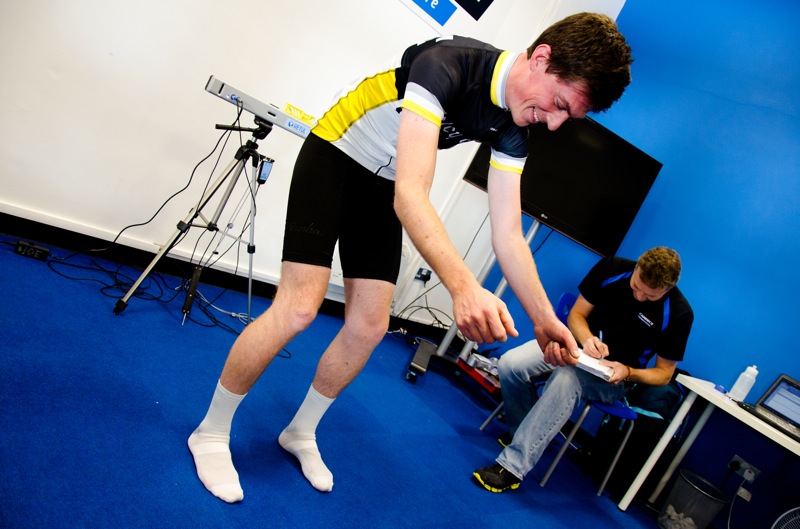
You elbows should have a 'soft bend' in them
-
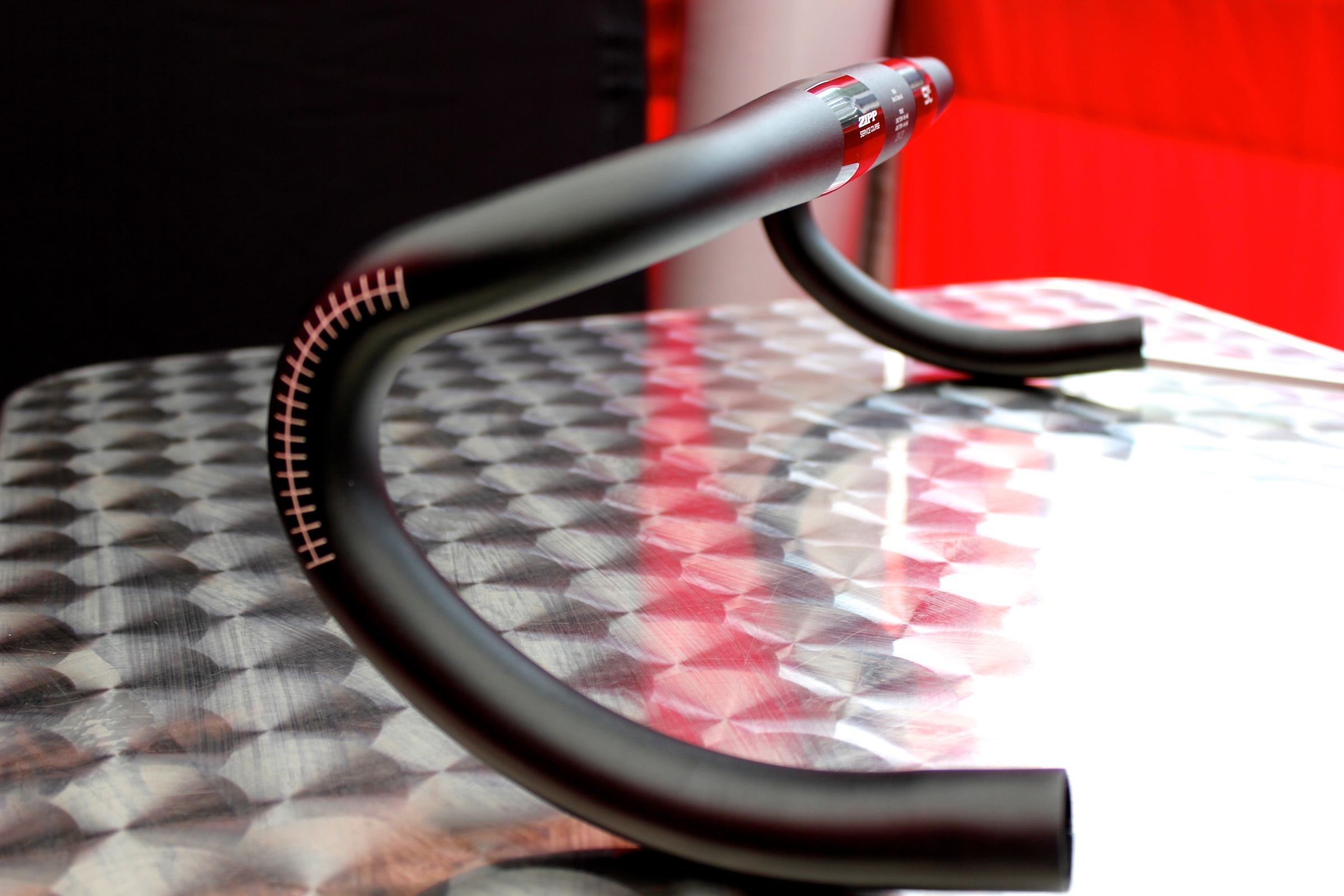
The width of your handlebar could be linked to pain in your hands or arms
-

Pay particular care to fit if you adopt an aggressive time trial position
Knees
The knee is particularly susceptible to discomfort and injury, and so it is an important joint to consider in the bike fit process. There are also a number of factors which can cause pain.
“Knees are a big one,” Burt explains. “Knee position is the big worry. Saddle fore/aft, cleat fore/aft, saddle height and the reach of the bike can all cause pain.
“It’s important to know that cycling is really good for knees, but the most common cycling injury is knees, too.”
People forced to quit contact sports like football or rugby union often turn to a non-contact sports like cycling – Burt himself is a former Sale Sharks rugby union physio – and any knee pain associated with cycling is different to the ‘trauma’ injuries suffered in other sports.
“The most common type of knee pain [when cycling] is to do with the patellofemoral joint – so the knee-cap and the back of it – and the compressive forces that go through there,” he says.
“Too low a saddle height, or being sat too far forward, compresses those forces and cause problems. The way to tell [between a fit-related injury and an over-use injury] is it’s generally a knee pain that carries on after being on the bike or it’s something you can feel on every pedal stroke.”
Easy ways to spot a bad fit when it comes to the knees, according to Burt, is if you are riding with your knees pointed out, while rocking in the saddle means you are sitting too high and you’re reaching too far for the pedals.
Other factors that could cause knee pain are cranks that are too long, which affects the front (anterior) of the knee. Other causes of anterior pain could be the saddle being too low or too far forward, or the cleats being too far forward.
Pain on the inside of the knee (medial) or outside (lateral) can be caused by saddle height, cleat position (which should, as we’ve already alluded to, reflect walking style), excessive float in the pedal, or too wide a stance, which can be corrected by moving the cleats in or changing the spindle length to the pedal.
Pain to the posterior (back) of the knee, meanwhile, could be a result of being sat too high or too far back, and so reaching too far for the pedals, or even the shape of the saddle if it blocks pelvic rotation.

